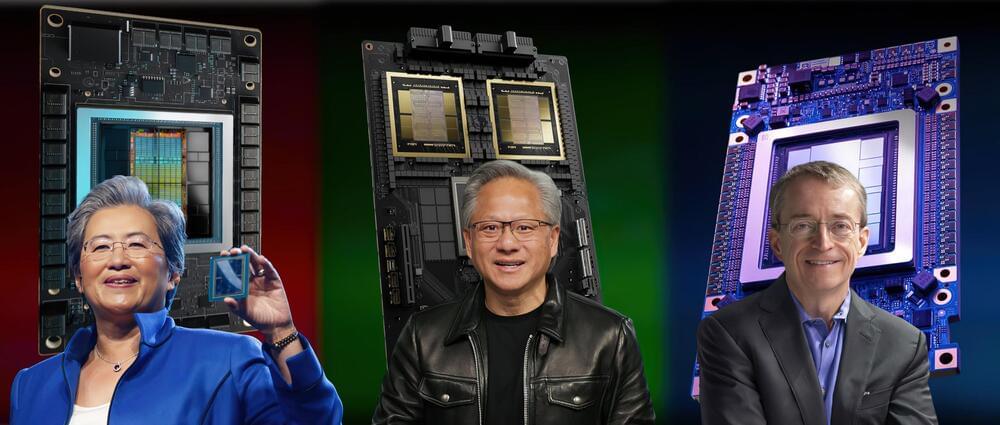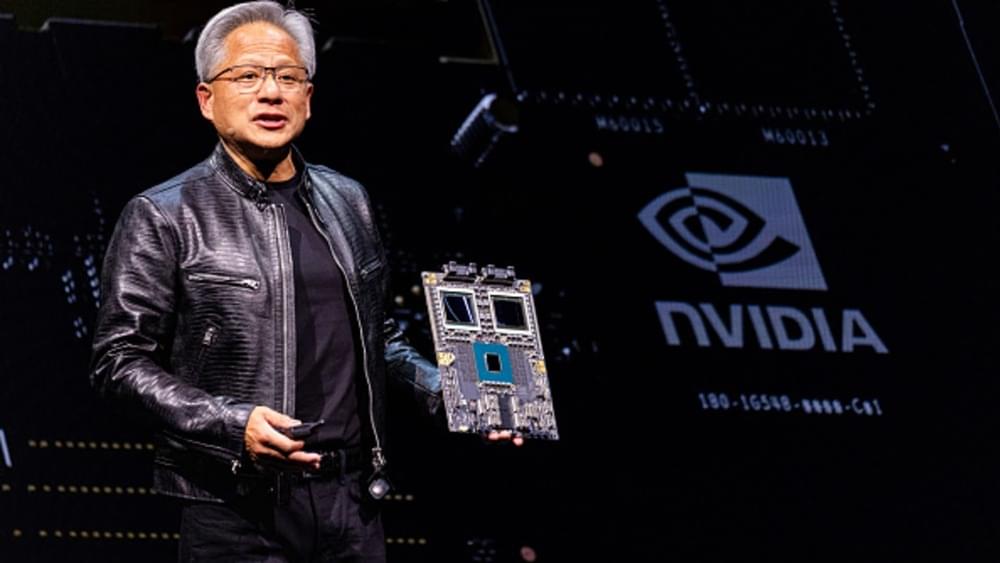Get a Wonderful Person Tee: https://teespring.com/stores/whatdamathMore cool designs are on Amazon: https://amzn.to/3QFIrFXAlternatively, PayPal donations ca…
Get the latest international news and world events from around the world.



TSMC 3nm Set To Witness Massive Adoption From AI Tech Giants; NVIDIA Rubin, AMD Instinct MI355X & Intel Falcon Shores
TSMC’s 3nm process is set to receive massive adoption in the AI sector, as Intel, NVIDIA, & AMD plan on utilizing the technology in their next-gen accelerators.
TSMC’s 3nm Process Is demanding in The Tech Markets As It Manages To Capture Most Of The Market Share: NVIDIA Rubin, AMD MI355X & Intel’s Falcon Shores For Next-Gen AI Markets
The Taiwan giant’s next node is said to be highly demanding in the markets, mainly because mainstream tech companies have revolved their upcoming product portfolios around the process. Notable examples include Apple for its upcoming A19 Pro chip, MediaTek’s Dimensity 9,400, and even Google’s Tensor G5. And now, it looks like we have clarity on the adoption of TSMC’s 3nm by the AI tech giants, such as NVIDIA and AMD out there, with a new report by Ctee now showing us where the process is expected to be integrated when it comes to AI portfolios.


‘There’s nowhere for the water to go:’ Miles from the ocean, water is becoming a big issue
Still, damaging waters need not be a the result of a named storm or involve storm surge to destroy property, or spur flood warnings miles from the ocean. Florida’s flat, low-lying landscape, its limestone geology and its development patterns combine to present an ongoing and sometimes unpredictable threat from the wet stuff that experts fear will become more apparent with increasing temperatures and moisture.
“Virtually the entire state of Florida is a coastal plain,” said Tom Missimer, a hydrogeology professor emeritus at Florida Gulf Coast University’s College of Engineering in Fort Myers, who has been studying water movement for more than half a century. “When we get a large rainfall event, there’s not a lot of storage in the ground to absorb the new water coming in.”



Hubble Captures a Galaxy Speeding Toward Earth in Stunning Detail
The Hubble Space Telescopes latest image of Messier 90, a spiral galaxy in the Virgo constellation, showcases advanced technological capabilities compared to earlier photographs taken in 1994.
This new image reveals the galaxy’s bright core, dusty disc, and a gaseous halo, enhanced by the Wide Field Camera 3 installed in 2010.
The stunning spiral galaxy featured in this Hubble Space Telescope image is Messier 90 (M90, also NGC 4569), located in the constellation Virgo. In 2019, Hubble released an image of M90 (see below) using data from the older Wide Field and Planetary Camera 2 (WFPC2) — data taken in 1994 soon after the camera’s installation. That image has a distinctive stair-step pattern due to the layout of WFPC2’s sensors. In 2010, WFPC2 was replaced by the more advanced Wide Field Camera 3 (WFC3), and Hubble used WFC3 when it turned its aperture to Messier 90 again in 2019 and 2023. The resulting data was processed to create this stunning new image (above), providing a much fuller view of the galaxy’s dusty disc, its gaseous halo, and its bright core.
